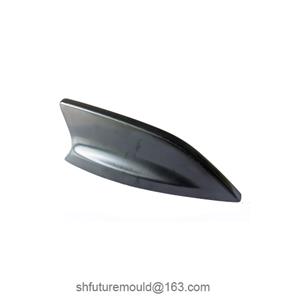Reasons for causing ejector pin marks on injection molded products
There are many reasons for ejector pin marks on injection molded products, which can be mainly summarized into the following categories:
1. Mold
The contact area between the ejector pin and the product part is too small, resulting in large local stress on the plastic parts, which will cause ejector pin marks.
The mold temperature is too high, causing the plastic part to cool too quickly, forming ejector pin marks.
The mold surface is too rough, causing the plastic part to stick to the mold, forming ejector pin marks.
2. Material
The melt viscosity of the material is too high, which makes the plastic part easy to stretch during the ejection process, forming ejector pin marks.
The shrinkage rate of the material is too large, which causes the plastic part to stress concentration during the cooling process, forming ejector pin marks.
3. Manufacture
The injection pressure is too high, resulting in excessive residual stress in the plastic part, forming ejector pin marks.
The ejection speed is too fast, causing uneven stress on the plastic part during the ejection process, forming ejector pin marks.
4. Others
Unreasonable product design, causes the plastic part to be easily stressed during the ejection process, forming ejector pin marks.
The ambient temperature is too low, causing the plastic part to cool too quickly, forming ejector pin marks.
To prevent and solve the problems of ejector pin marks on injection molded products, the following measures can be taken:
1. Appropriately increase the contact area between the ejector pin and the plastic part to reduce local stress.
2. Adjust the position of the ejector pin to make the force on the plastic part uniform during ejection.
3. Increase the demolding slope of the mold to reduce demolding resistance.
4. Improve the mold surface finish to reduce the sticking of the plastic part to the mold.
5. Select materials with lower melt viscosity and shrinkage rate.
6. Appropriately reduce the injection pressure and holding time to reduce the residual stress in the plastic part.
7. Appropriately lower the mold temperature to slow down
- Injection Mold
- Automotive Injection Mold
- Electronics & Electrical Injection Mold
- Consumer Goods Injection Mold
- Airplane Components Injection Mold
- Medical Components Injection Mold
- Irrigation Components Injection Mold
- Injection Molds




